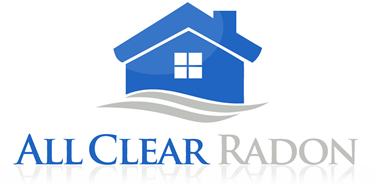Monday 15th December 2008.
Press release by RPII Monday 15th December.
Radon gas accounts for 56 per cent of the average annual radiation dose received by Irish people, and greatly exceeds the dose due to either medical exposure at 13.7 per cent or artificial sources of radiation (including discharges from Sellafield) of 0.4 per cent., according to the Radiological Protection Institute of Ireland (RPII).
Radon is the primary source of radiation exposure in Ireland, according to the RPII annual report published today. Some 86 per cent of the average person’s dose comes from natural radiation sources in the environment, such as radon, thoron and cosmic radiation. Meanwhile, 13.7 per cent comes from diagnostic medical procedures and just 0.4 per cent comes from man-made sources such as residues from nuclear weapons testing in the 1950s and early 1960s, the Chernobyl accident and radioactive discharges from Sellafield.
In addition to the data presented for the Irish population as a whole, the report also shows that to date over 4000 homes across the country have been identified with high radon levels, with 262 of these having levels more than 5 times the national Reference Level.
Speaking at the launch of the 2007 Annual Report, Dr Ann McGarry, Chief Executive of the RPII, said: “These striking figures show that radon is a serious public health issue in Ireland. It points to the need for a national radon strategy, coordinated at national level, but with key local organisations playing a significant role”.
“Earlier this year the RPII worked closely with Cork County Council (North Division) and the Health Service Executive to assess, communicate and fix the radon problem in north Cork. It’s this type of cooperation and joined-up thinking from all those involved which will help reduce the radiation dose from radon and the risk of lung cancer. I commend Cork County Council for their proactive approach and urge all other local authorities across the country to follow their example,” continued Dr McGarry.
